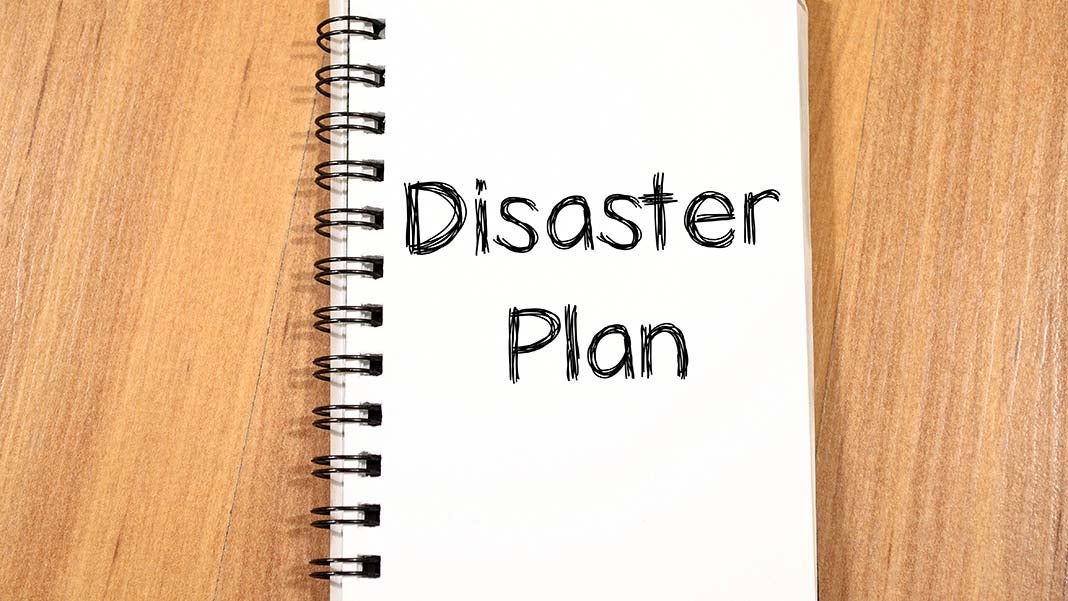The Essentials of an Effective Business Disaster Recovery Plan
By: TaxConnections

If there’s any guarantee in life, it’s to expect the unexpected. Small businesses are the most impacted when it comes to disasters because they do not usually have a formal disaster recovery plan. As a result, 40 to 60 percent of small businesses close permanently after a disaster, according to Liberty Mutual Insurance.
Do what you can ahead of time to not be a part of that statistic. Now is a great time to review your business’ disaster recovery plan, or to make one if you don’t have one. By focusing on some of the most critical elements of a disaster plan, you can avoid being overwhelmed by the challenge.
Set your roster
The first step in your disaster plan should be to determine what skill sets you will need in a disaster, and who should be part of the team. The size of your team will vary, but could include IT, HR and operations personnel. Determine who your backups are and what outside resources and personnel you can use.
Assess your risk
You need to understand your risks before you address them. Consider your physical locations and determine the hazards unique to your region – floods, hurricanes, tornadoes, earthquakes, etc. Focus on the events most likely to occur, but also save some time to consider outside possibilities.
Formalize a plan
Determine and rank the most critical functions and processes for your business. Next, determine how these could be affected by the risks you’ve identified. You should end up with two lists: your most important business factors, and those most at risk. Now you are ready to create a recovery plan that focuses on critical business functions and applies them to the various types of possible business interruption.
Your plan should:
Trust the Cloud:
Consider offsite backups and vendors to help assist with implementing a data storage backup plan. Assess where you store the critical information upon which each of your business functions rely.
Employee Logistics:
Establish alternative or remote work arrangements for employees, including their physical, logistical and data needs.
Insurance Coverage:
Create an annual review of your insurance policies. Evaluate the worth of business interruption coverage within your property and casualty insurance. You may wish to offset some of the potential loss of both business income and recovery expenses within these policies.
Taxes and Record keeping:
Consider any opportunities for tax relief from losses sustained as a result of a disaster. Have a plan to keep detailed records and build the appropriate supplier team to help determine the best approach for your business.
“In the event that you have an interruption of business, using an accountant to try to calculate the cost of the interruption can help you take advantage of a bad situation,” offers Chris Cicalese, CPA.
Plan B for Losses:
Make sure you plan for a variety of losses. This can be loss of electricity, a fatal crash of your business systems or material damage to inventory and production capacity.
Communicate
Document your plan so it is clear, accessible and easy to implement. Share it with everyone on your disaster roster so they know who is responsible for what and how they should act. Review and test your plan at least annually with your roster, and distribute any changes to keep everyone informed.
With luck, you will never need to use your business disaster recovery plan. Although we can never prevent disasters, we can do our best to reduce the impact they have on business operations.
Have a question? Contact John Adams. Your comments are always welcome!












